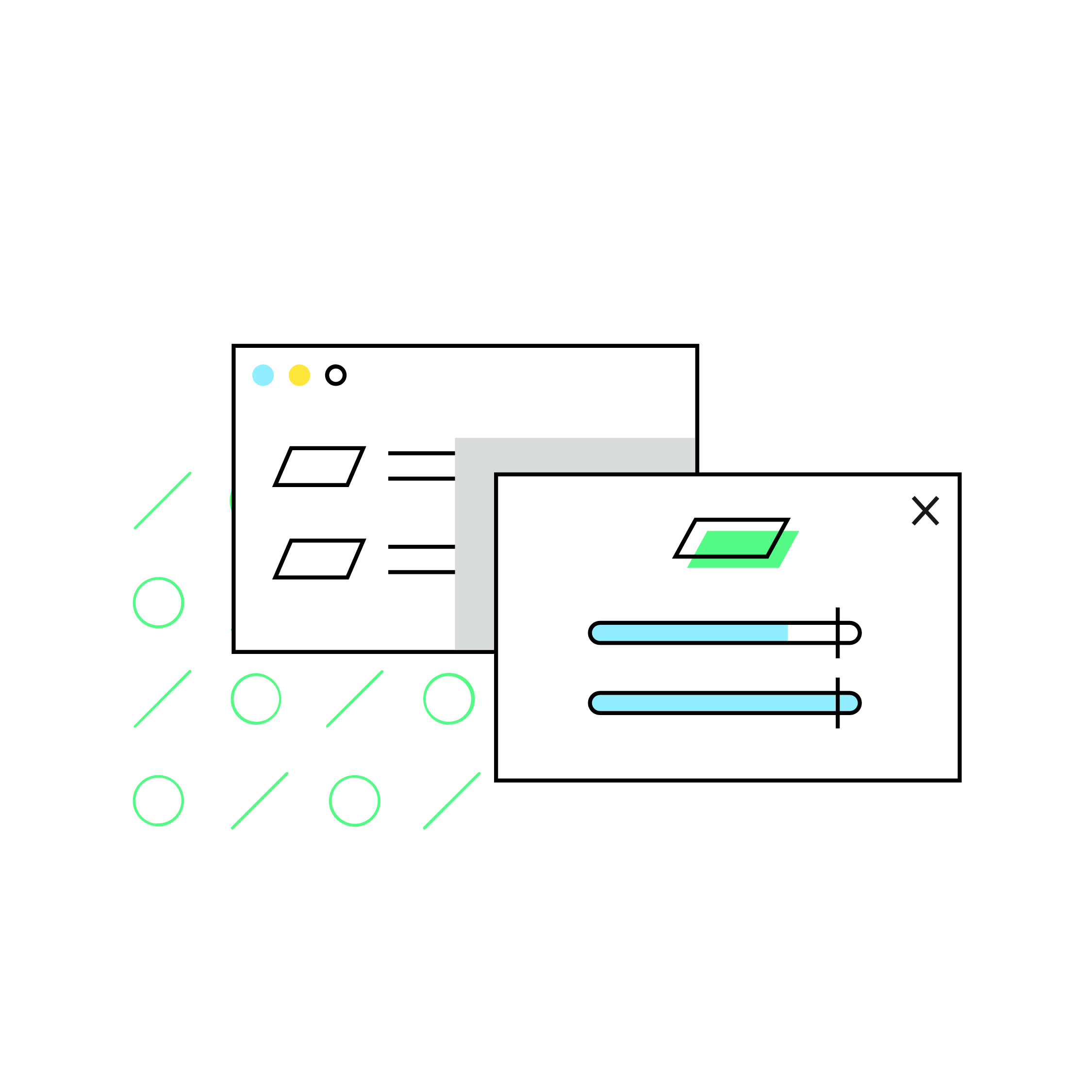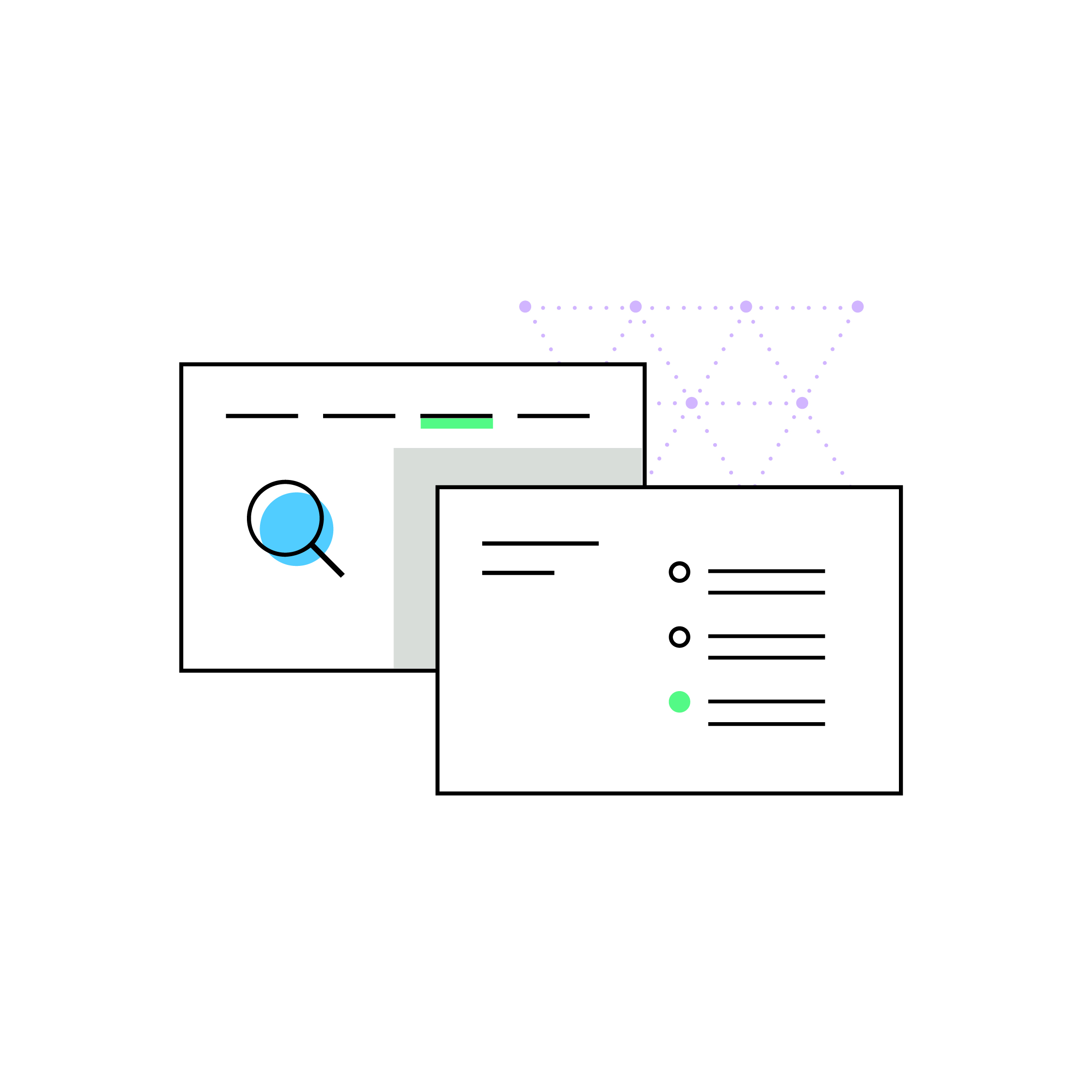The six steps to tax compliance in 2024
by December 8, 2023
Managing your sales tax responsibilities can be a daunting task. With over 46 different sales tax nexus laws, 11,000 taxing jurisdictions, and the constantly changing regulations, there’s a lot to track.
To help with this, we’ve created a step-by-step guide that outlines six steps to sales tax compliance in 2024. We’ll walk you through the different components of sales tax compliance, beginning with an overview of nexus and product taxability. Whether you are new to sales tax or have passed a nexus threshold in a new state, this guide can help you stay compliant as your business grows.
- Determine where you have sales tax nexus and are required to collect sales tax.
In the US, retailers are required to collect sales tax from buyers in states where they have “sales tax nexus.” “Nexus” originates from a Latin word meaning “to bind” or “to tie.” If you have sales tax nexus, think of your business as having a “tie” to the state.
There are two different types of sales tax nexus, or in other words, two different ways you can meet the requirements to collect and remit sales tax to a state. Physical nexus is just that, a physical connection to a state. Examples of physical nexus (also sometimes referred to as “physical presence”) include employees, offices, stores, warehouses, conference attendance, servers, etc.
Then there is economic nexus. Based on a 2018 Supreme Court ruling, states are now allowed to require that businesses who exceed certain economic thresholds in the state are required to collect sales tax from buyers in that state. For example, you may have never set foot in a certain state, but if your business transacts more than a certain amount of sales in that state, then you are required to collect sales tax from customers in that state. What constitutes nexus varies from state to state, and you can find each state’s definition here.
- Verify if your products are subject to sales tax.
In the US, most “tangible personal property” is taxable. In other words, most items like furniture, jewelry, toothbrushes, coffee mugs, etc. will be subject to sales tax.
However, some items considered to be “necessities” may not be taxable in all states. For example, grocery items are not taxable in most states. However, almost all prepared food bought at a restaurant is generally taxable. Clothing is another example. While clothing is not taxable in some states, luxury items are often taxable in states where most clothing is considered non-taxable.
There are other category exemptions as well, so it’s important to check the state to determine if you should collect sales tax on your products.
If the items you are selling are not taxable, then you are not required to collect sales tax on those items.
- Register for sales tax permits
Now that you have determined you have sales tax nexus in a state and that the products you sell are taxable in that state, your next step is to register for a state sales tax permit.
Each state’s taxing authority — usually called the [State] Department of Revenue/Taxation — handles sales tax registration. You can register for a sales tax permit yourself, or hire a tax professional to register for your state sales tax permits for you.
When filing online, you will sometimes receive your sales tax permit number instantly, though with some states it will take up to 10 business days. If you register on paper, it may take two to four weeks to receive your sales tax permit.
- Set up sales tax collection on all your sales channels.
Once you have your valid sales tax permit, your next step is to begin collecting sales tax from your customers. Each online shopping cart and marketplace allows you to set up sales tax collection. Here’s where you can find guides on how to set up sales tax collection on the major shopping carts and marketplaces.
States generally require online sellers to collect sales tax in one of two ways:
- Origin-based sales tax collection
- Destination-based sales tax collection
This concept is also commonly referred to as “sales tax sourcing.” Find out if your nexus state is an origin-based or destination based state here.
- Report how much sales tax your business collected.
Soon enough, a sales tax filing due date will roll around. When preparing to file a state sales tax return, you need to determine how much sales tax you collected from buyers in not only the entire state, but in each county, city and other special taxing district.
States rely on sales tax dollars to pay for infrastructure, public safety and other budget items. But they won’t know which city or local area to allocate those funds to unless you break down your transactions for them. In a small number of states, like origin-based states or states that only have a single statewide sales tax rate, filing sales tax isn’t very difficult. But, in most cases, breaking all your transactions down manually is a time-consuming chore, especially if you are a high-volume seller or you sell on multiple channels.
- File sales tax returns.
Your next step is to file your sales tax returns with the state. Most states allow you to file sales tax online, and some require it. If you wish to file manually, login at your state’s taxing authority website to file. Here are instructions for manually filing sales tax returns in each state.
Here are two key things to remember when filing a sales tax return:
- File “zero returns.” It’s important to file a sales tax return every time you have a filing due, even if you didn’t collect any sales tax over the taxable period. States consider your sales tax filings to be a “check in.” If a seller fails to file, the state could charge a penalty or even revoke the seller’s sales tax license. Be prepared to file sales tax returns by the due date, every time, even if you don’t actually owe any money to the state.
- Don’t forget sales tax discounts. About half the states with a sales tax allow on-time sales tax filers to keep a very small amount (usually 1-2%) of the sales tax collected. Here is a list of states with sales tax discounts.
Prepare for the year ahead
The TaxJar blog is a great resource to stay updated on all aspects of sales tax compliance, from registering for a sales tax permit to automating your sales tax returns with TaxJar.








